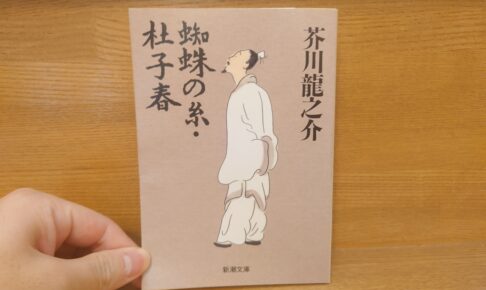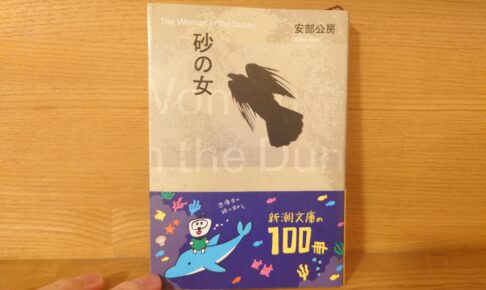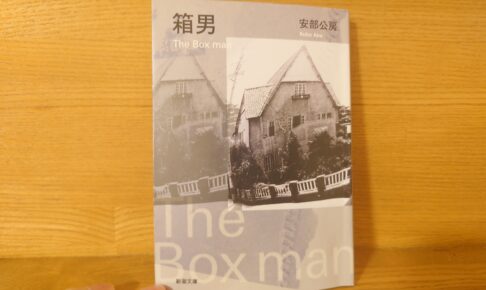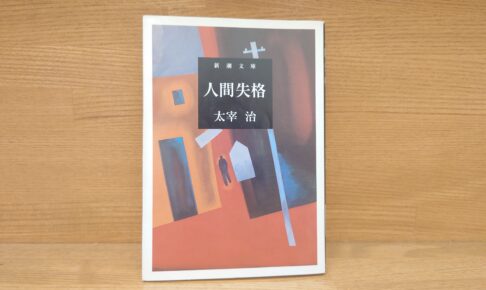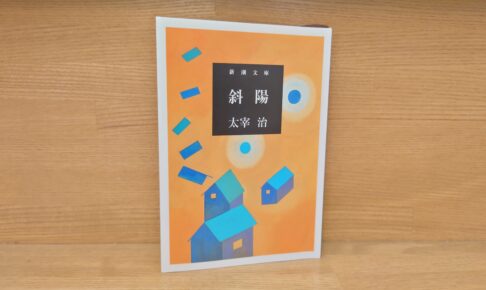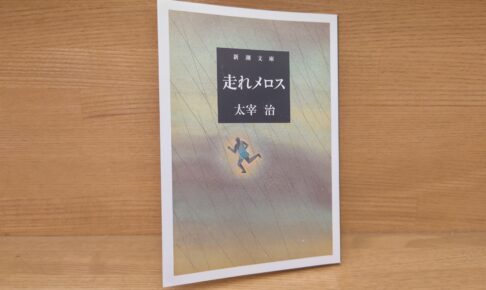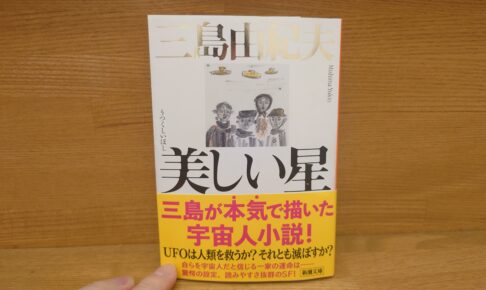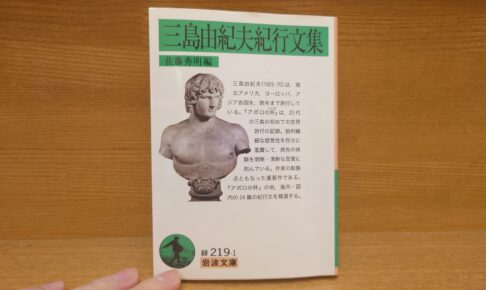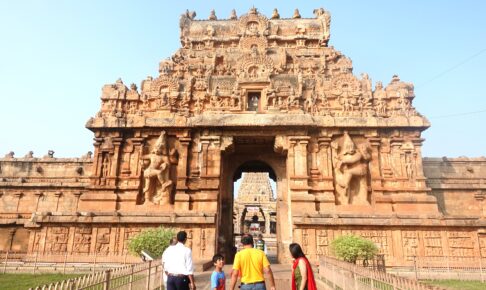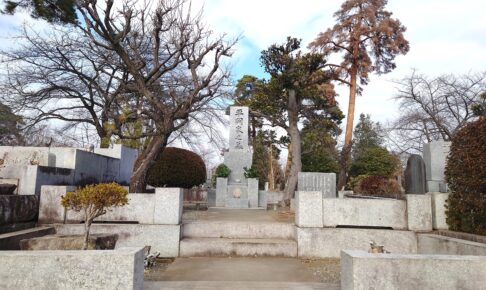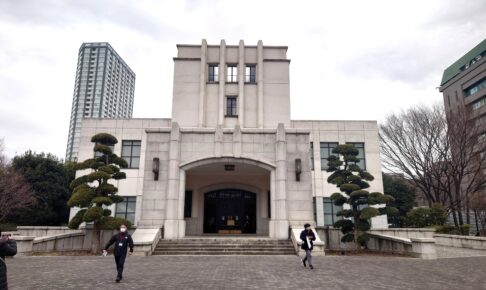Ryunosuke Akutagawa's "The Spider's Thread" Synopsis and Impressions - A famous short story, famous as a Buddhist fairy tale! A thread of salvation hung in hell!
The Spider's Thread" is the first children's literature written by Ryunosuke Akutagawa, and is a famous short story that is also famous as a Buddhist tale. As a Buddhist monk, I have seen and heard the story of "The Spider's Thread" in many Dharma talks and Buddhist books, and I believe that this story has been familiar to the Japanese people as a whole, beyond the framework of temple-related works.
In the commentary at the end of the book, there is a detailed explanation of the production of "The Spider's Thread," which was quite a surprise to me. To summarize the main points briefly, (1) it is not known whether "The Spider's Thread" is originally of Buddhist origin or not, and (2) this work is also related to Dostoevsky and Tolstoy. This article will look at this in more detail.












